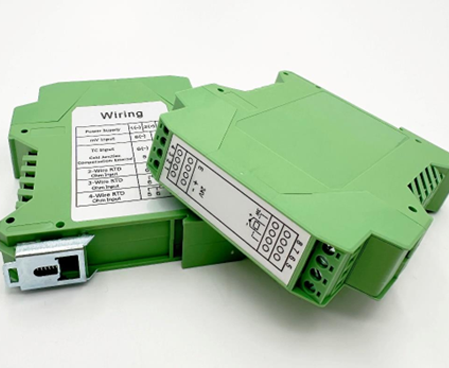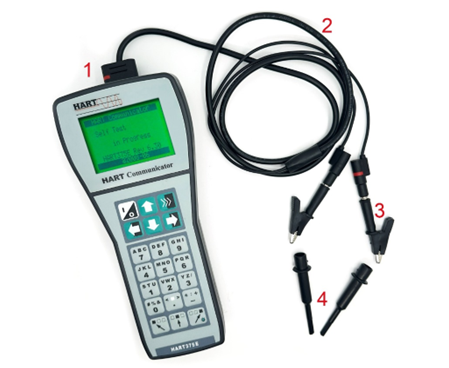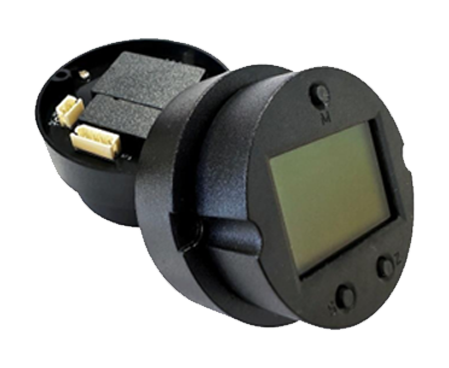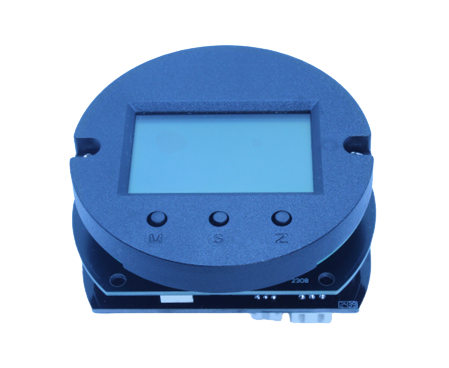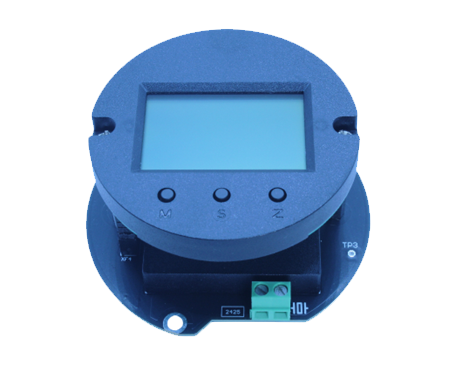What Factors Determine the Accuracy of a 2 Wire Temperature Transmitter?
What Is a 2 Wire Temperature Transmitter and Why Does Accuracy Matter?
Understanding the Basics of 2 Wire Temperature Transmitters
A 2 wire temperature transmitter is a total game-changer for industrial automation and process control. It snags temp signals from sensors—like RTDs (Resistance Temperature Detectors) or thermocouples—and flips ‘em into a standard 4-20mA current signal. That signal can zip over long distances without fizzling out.
How Does a 2 Wire Temperature Transmitter Work?
In a 2 wire deal, the same two wires juice up the transmitter and haul its signal. The thing grabs raw temp sensor signals, messes with ‘em to make ‘em smooth, and pumps out a current signal that tracks the temp. The H648WD series of isolated temperature transmitters are made to deal with signals from ThermoCouples (TC) or Resistance Temperature Detectors (RTD) out in the field. They turn those into a straight-up 4-20mA current isolated output that matches the temp.
Why Is Accurate Temperature Measurement Important in Industrial Applications?
In spots like chemical plants, power stations, food factories, or pharma labs, even a tiny temp screw-up can trash gear, wreck product quality, or spark safety headaches. Nailing the temp keeps stuff running like a dream, saves juice, and sticks to industry rules.
What Are the Common Uses of 2 Wire Temperature Transmitters?
These bad boys keep an eye on temps in things like boilers, reactors, HVAC setups, pipelines, and storage tanks. Their tiny size and rock-solid signal make ‘em dope for far-off spots where you need stuff to just work.

Which Key Factors Influence the Accuracy of a 2 Wire Temperature Transmitter?
Figuring out what jacks with accuracy helps you grab the right gear.
How Do Sensor Types Affect Measurement Precision?
The sensor you hook up is a big deal. RTDs are crazy accurate and hold steady forever. Thermocouples hit bigger temp ranges but might not be as dead-on.
RTD vs Thermocouple: What’s the Difference in Accuracy?
- Stability: 0.01°C (RTD), 0.1°C (E, J, K, N, T), 0.2°C (B, R, S).
- Accuracy: 0.1°C (RTD), 0.5°C (E, J, K, N, T), 1.0°C (B, R, S).
RTDs usually smoke thermocouples on accuracy.
What Role Does Signal Conditioning Play in Accuracy?
Signal tweaks—like cold junction compensation for thermocouples or smoothing tricks—make sure sensor signals get read right. For thermocouple gigs, the built-in cold junction compensation keeps temp readings legit.
How Do Environmental Conditions Impact Performance?
Wild temps, humidity from 10%–90%, electromagnetic interference (EMI), or shakes can mess things up. The H648WD series holds strong from -40 to +85℃ and has a DC1000V isolation voltage to shut down electrical noise.
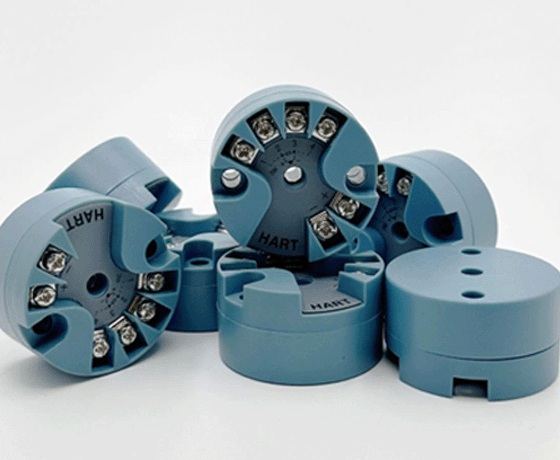
Introducing ICwalk: Innovating 2 Wire Temperature Transmitter Technology
We at ICwalk are all about whipping up badass transmitter boards for gnarly industrial spots.
Who Is ICwalk and What Do They Offer?
ICwalk Technology Co., Ltd., chilling at Room 701, Building 1, No.1 Shangdi East Road in Beijing’s Haidian District, makes killer instrumentation gear, including our top-dog H3051WD temperature transmitter board.
Overview of ICwalk’s Commitment to Precision Engineering
Our stuff’s loaded with features like high-voltage isolation up to DC1000V, support for sensors like Pt100 and thermocouple types E through T, and accuracy as tight as 0.1%.
Key Product Features That Support High Accuracy
We jam in slick features like cold junction compensation, tweakable damping from 0–32 seconds, adjustable transfer functions, and zero trim options—all dialed in for pinpoint control.
How Does ICwalk Ensure Reliable Performance in Harsh Environments?
Our transmitters are built with military-grade anti-disturbance mojo, like surge protection and electrostatic discharge resistance. They also shrug off vibrations from 10–60Hz with a sine wave amplitude of 0.21mm.
How Can Installation and Calibration Affect Accuracy?
Nailing the setup is huge for making sure your transmitter kills it.
Why Is Proper Installation Crucial for Accurate Readings?
Crappy wiring or sketchy grounding can throw in noise or drift. Our gear rolls with flexible setups like two-wire, three-wire, or four-wire RTD connections to fit all kinds of systems without losing precision.
What Are the Best Practices for Calibrating a 2 Wire Temperature Transmitter?
Calibration needs legit standards and controlled vibes. Our HART-compatible models let you tweak stuff remotely with handheld gadgets or PC software using HART-CONFIG Configuration/Tuning Software, making fixes and upkeep a total breeze.
What Materials and Build Quality Should You Look For?
Toughness keeps accuracy locked in over time.
How Does Housing Material Influence Durability and Stability?
Solid housing shields the guts from moisture or bangs, which can mess with readings, especially in outdoor setups that get hammered by the elements.
Are There Specific Design Features That Reduce Measurement Errors?
Hell yeah—stuff like built-in cold junction compensation, high isolation voltage circuits (DC1000V), and anti-interference shielding in PCB design all keep errors on lockdown.
How Do You Choose the Right 2 Wire Temperature Transmitter for Your Application?
Grabbing the right one means asking the right stuff.
What Questions Should You Ask Before Making a Purchase?
Is It Compatible With My Existing System?
Make sure your system’s down with HART communication if you’re scoping our H648WD or H3051WD models, which rock this plus analog output.
Does It Meet My Industry’s Accuracy Standards?
If your gig needs super tight tolerances—like in pharma—you’ll want models with accuracy as low as ±0.1°C, which we got locked and loaded across our range.
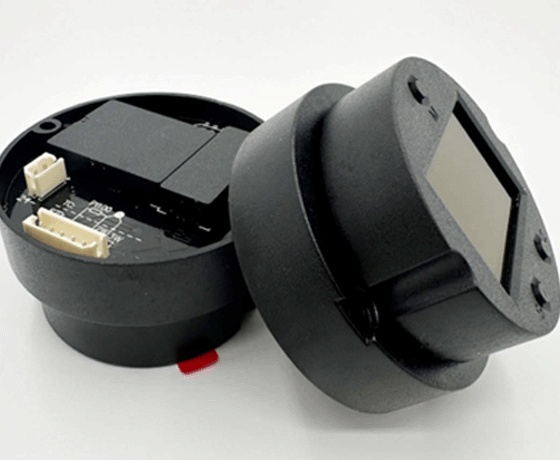
FAQ
Q: What is the typical accuracy range of a 2 wire temperature transmitter?
A: Depends on the sensor and model—like RTDs vs thermocouples—but accuracy runs from ±0.1°C for RTDs to ±1°C for some thermocouple types like B or R. Accuracy: 0.1°C (RTD), up to 1.0°C (B/R/S)
Q: Can I use a 2 wire temperature transmitter in outdoor or harsh environments?
A: For sure! Our gear like the H3051WD is built with tough-as-nails housing and tested for wild ranges from -40°C to +85°C. Operating Temperature: -40°C to +85°C
Q: Do I need to recalibrate my transmitter regularly?
A: Yearly recalibration’s usually a safe bet ‘cause of possible drift. Stability: ±0.2% per year. But with our digital tweaks and beefy design, you might stretch longer between calibrations depending on how rough you run it.
Related Posts
-
What Factors Determine the Accuracy of a 2 Wire Temperature Transmitter?
September 04,2025
-
How Does a Flow Transmitter Circuit Board Integrate with Flowmeters?
August 21,2025
-
What Role Does Signal Conditioning Play in a Temperature Transmitter Module?
July 10,2025
-
How Can Understanding Temperature Transmitter Functionality Improve Heat Treatment Efficiency?
June 19,2025
-
How to Evaluate the Reliability of a Pressure Transmitter Board Under Stress?
July 03,2025


